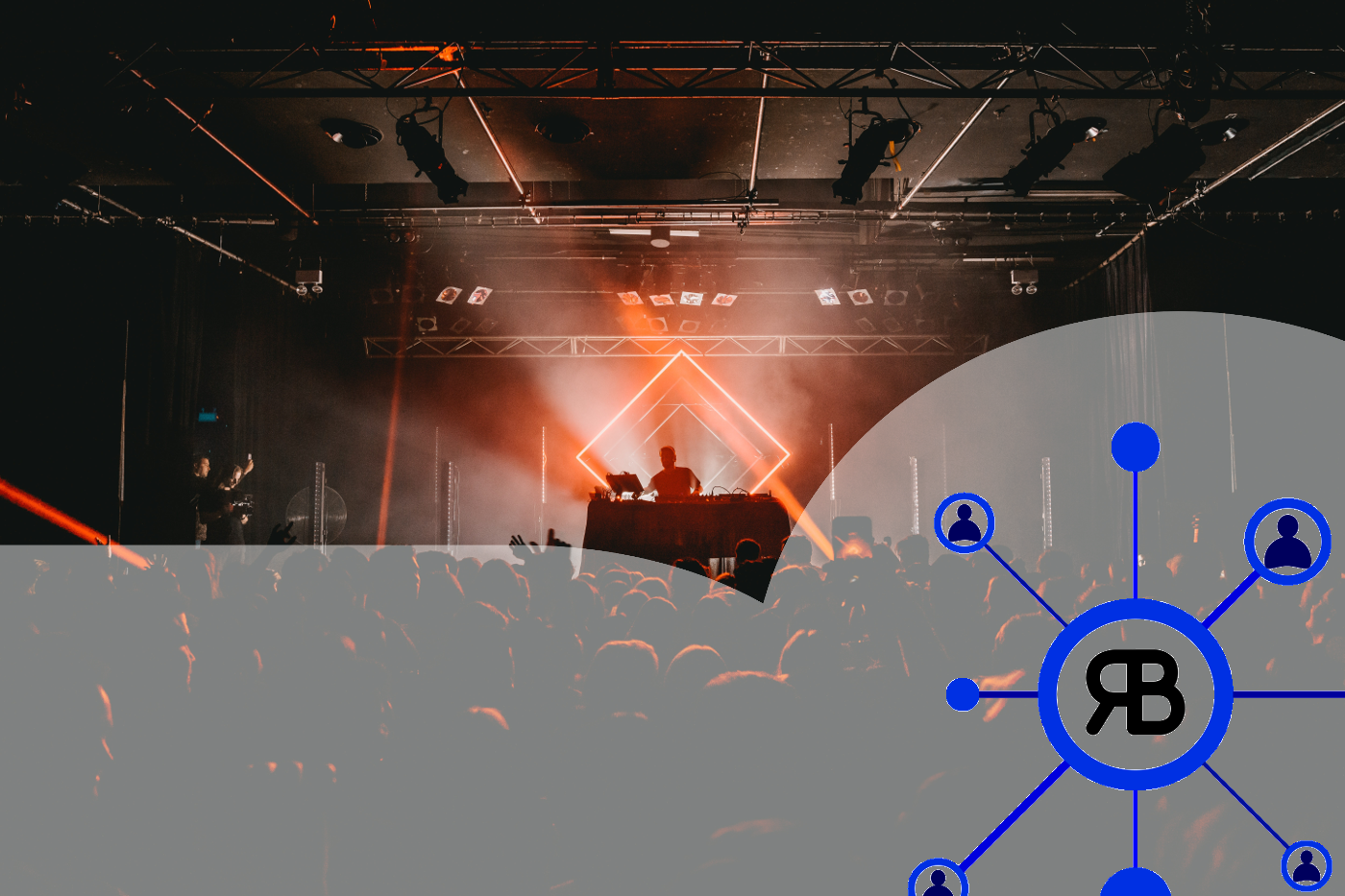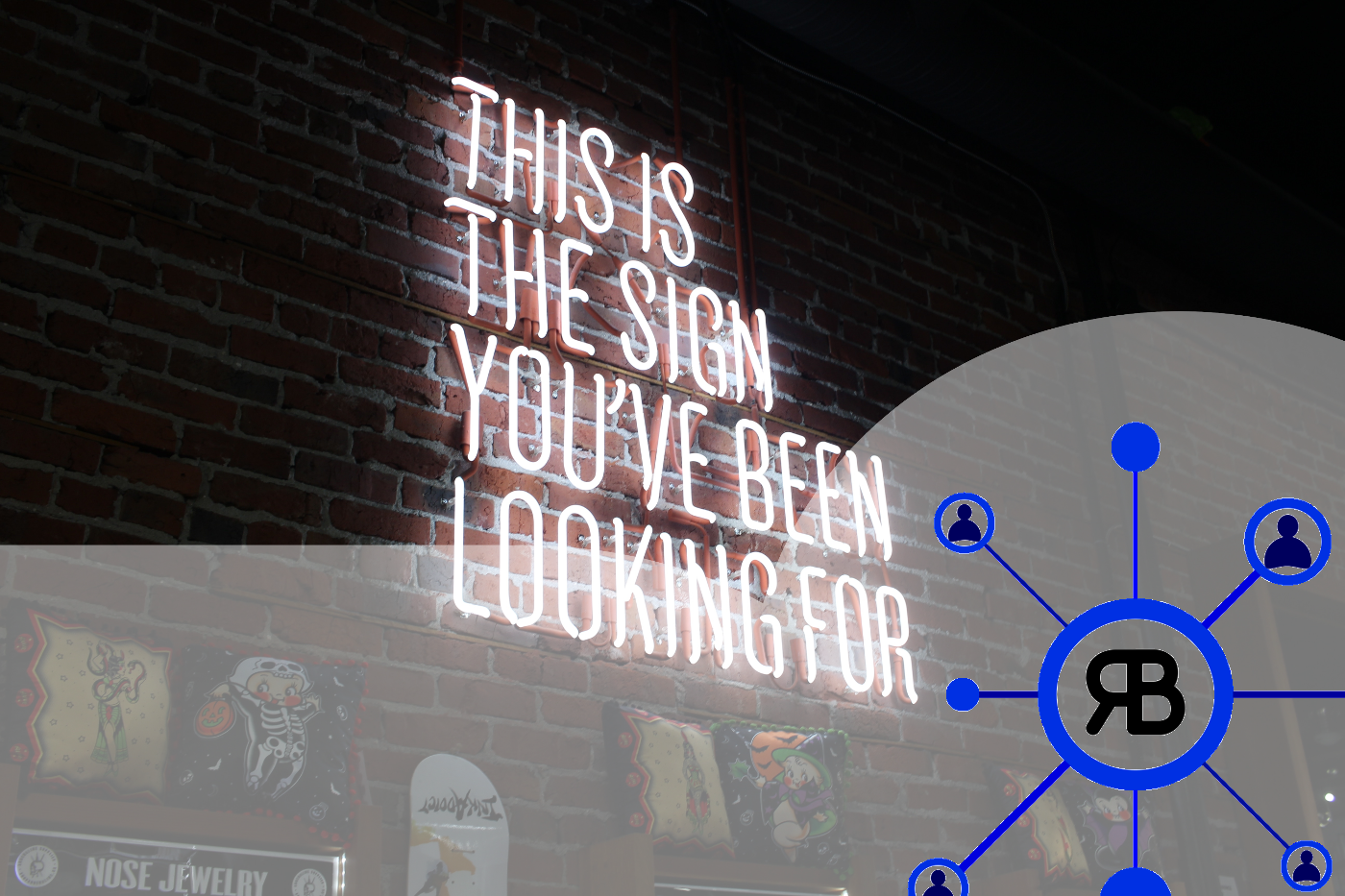In order for your site to be optimized for search engines, it is essential to respect certain good practices. Thus, the different tags present on your site are an important criterion to favor your referencing (in addition to its UX design). They allow the different search engines to understand more easily what you are dealing with and to perceive your added value for their users. With them, your natural referencing, and your SEO will be reinforced. There are tags that are mandatory to use if you want your site to be understood correctly. Others are optional but are nonetheless very important.
A few points before starting the different tags: we will start from the assumption that you want to optimize your site for Western engines (Google, Bings, Qwant, and consort).
The tags to optimize for a good referencing
The first two, which are essential, will indicate the title of your page. But why two, you may ask? The first one is located directly in the code of your page (in the header to be precise) and will be mainly used by search engines (as well as browsers to display the title of your page on the tab). The second tag will open the structure of your page. It should allow users to better understand what you are talking about.
So the first is the <title> tag (easy) and the second will be your <H1>. Your main keyword should be in both of these titles. Even so, they should both be different. To continue structuring your page, you will use other “Hn” tags (from H2 to H6), but the tag must be the only one on your page.
Another tag is important for your images (to allow search engines to better understand them and thus improve the overall understanding of your site). This is the “alt” tag. It is the most often forgotten tag, although it is in the guidelines of search engines, but also the W3C. Even for images, you consider worthless, it is recommended to put an empty tag. It is easier to optimize them each time than to have 500 or 1000 images to optimize at once.
The last tag that we consider mandatory for an optimal SEO will not bring more clarity or directly improve your SEO. It allows you to control (in part) what the search engine will say about your page in its results. Indeed, the meta description, as its name suggests, allows you to specify the description that the search engine will return. Without it, it will use part of the text present on the page.
Non-mandatory (but highly recommended) tags for your SEO
These are tags that will further improve the understanding of your page by the various search engines, but also promote its sharing on social networks.
So use the different tags in Json (supported by Google and Bings) and especially those of schema.org. They will allow you to send a larger amount of information. You can check that they are correctly filled in via this Google tool. Moreover, you can also use other formats within your page (RDFa or microformats). They are less well supported by search engines.
Tags from the OpenGraph protocol will allow you to give additional information to the main social networks (Facebook, LinkedIn, Twitter, …). With the power that social networks have acquired, the main search engines also read these tags, even if their impact is not measurable. They are therefore mainly used by social networks to distribute optimized links (with images, titles, and descriptions).
These are the main tags to optimize for an effective and optimal SEO strategy. This is obviously not the only thing to do in SEO, but it is an essential basis!
*****
If you want support for the creation of your site or an SEO strategy, Richard Bulan is at your disposal!
Suivez-nous sur nos réseaux sociaux:



